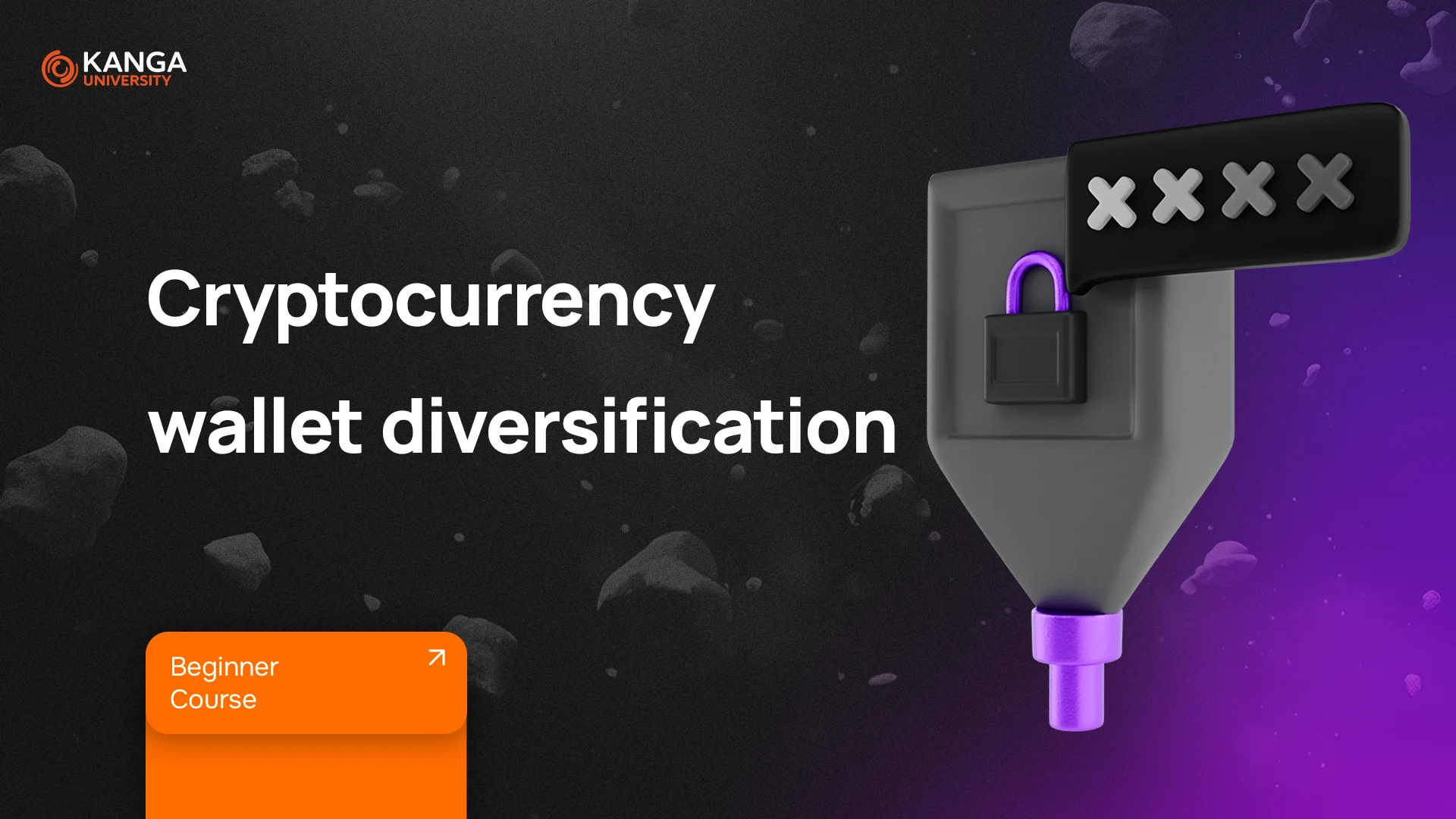
If you want to manage your money wisely, you should understand what diversification is. It is a strategy that involves distributing available funds across different assets—this way, you reduce the risk of capital loss and increase your chances of making a profit.
Let’s assume you have 10,000 PLN. Instead of investing everything in a single asset, you can divide your capital among stocks, bonds, real estate, or cryptocurrencies. This way, potential losses in one category can be offset by gains in another.
Why diversify investments?
The primary goal of diversification is risk reduction. Even if one of your investments starts to generate losses, others may compensate for them. Additionally, investing in different assets gives you a broader perspective on the market and allows you to gain new experience.
Look at it in practice: if you invest solely in cryptocurrencies and the crypto market experiences a sudden crash, you could lose a significant portion of your funds. However, if you also hold stocks, bonds, or real estate, you have a greater chance of maintaining portfolio stability.
What assets can be included in diversification?
There are many ways to diversify in the market. Here are some examples:
Cryptocurrencies
- Bitcoin and altcoins
- Stablecoins
- Web3 tokens
- Metaverse projects
- DeFi (Decentralized Finance)
- DEXs (Decentralized Exchanges)
Traditional financial assets
- Publicly traded company stocks
- Government bonds
- ETFs (Exchange-Traded Funds)
- Fiat currencies (USD, EUR, PLN)
Other investments
- Real estate
- Precious metals (gold, silver)
- Commodities (oil, gas)
- Crowdfunding projects
By diversifying broadly, you reduce the impact of negative events in one investment category on your entire portfolio.
Diversification models
Each investor can have a different strategy depending on their risk tolerance level:
- Aggressive model – focuses on high-risk assets, such as cryptocurrencies, startups, or stocks of rapidly growing tech companies. It can bring high returns but also involves a significant risk of losses.
- Conservative model – based on lower-risk investments, such as bonds, stablecoins, or real estate. It is characterized by lower volatility and more stable portfolio growth over the long term.
- Mixed model – combines both approaches, e.g., part of the funds go into stocks and cryptocurrencies, while another part is allocated to bonds and real estate. This is a compromise between stability and growth potential.
How to diversify a cryptocurrency portfolio?
If you want to invest mainly in cryptocurrencies, keep a few principles in mind:
- Don’t invest everything in a single cryptocurrency – Bitcoin is the market’s foundation, but it’s worth considering other projects as well.
- Include different asset classes – besides traditional cryptocurrencies, you can add stablecoins, DeFi tokens, or Metaverse tokens.
- Follow trends and analyze the market – crypto markets are dynamic, so staying updated on developments is crucial.
- Don’t forget about security – store your assets in cold wallets, avoid suspicious projects, and be cautious when choosing an exchange.
Summary
Diversification is a fundamental investment principle—it helps reduce risk and increase potential profits. Even if you’re just starting your investment journey, it’s worth implementing this strategy. The key to success is thoughtful capital management and tailoring your portfolio structure to your financial capabilities and goals.